October 31, 2015, marked SD Burman's 40th death anniversary.
In the post last week, I starting listing my top 20 picks of SD Burman film albums. Ten SD Burman films appeared in last week’s post. This is the second part of the tribute to SD Burman.
Bandini (1963)
Bandini was a significant film in many ways. The film was Bimal Roy’s last offering as director and significant for its strong, woman lead played by Nutan. The film was critically acclaimed and won several awards including those for best film, best director and best actress. The film was the debut of a lyricist who went on to be counted as one of the greatest ever – Gulzar. Finally, the film saw SD Burman and Lata Mangeshkar resolving their differences and coming together after a period of about six years. The film had several great songs by Shailendra, including 'Mere Saajan Hain Us Paar' sung by SD Burman himself. Although a Shailendra song might be more representative of Bandini, my pick from the film is Gulzar’s debut song and Lata Mangeshkar’s first with SD Burman after six years – 'Mora Gora Ang Laile'.
Tere Ghar Ke Samne (1963)
Tere Ghar Ke Samne was one of only the two films SD Burman did with lyricist Hasrat Jaipuri. Tere Ghar Ke Samne is an example of how symbiotic the relationship of SD Burman and Navketan was. SD Burman’s music was as important to Navketan Films as the studio’s film-making sensibilities were to Burman’s music. Nurtured by one of Indian films’ best song directors – Vijay Anand – and a star who oozed charm – Dev Anand, SD Burman’s songs blossomed on screen. In my pick from the film, 'Dil Ka Bhanwar Kare Pukar', Vijay Anand turns the tight spaces inside the Qutab Minar into a place of surreal beauty. Hasrat’s fluid lyrics and Rafi’s effortless singing make this song an easy listen. As a tribute to SD Burman, Amit Trivedi used the theka used in the mukhda of this song in the lovely 'Sawar Loon' (Lootera, 2013).
Guide (1965)
Guide was Navketan’s most ambitious project and the grandeur of SD Burman’s music fulfilled the Anands’ vision for it. If such a feat was possible, SD Burman outdid himself in Guide. His score for Guide was rich, vivid and varied. Filled with as many as 10 songs, each a classic in its own right, Guide represents the best that Hindi film music has to offer. The success of Guide must have been extra sweet for Dada Burman given that he had just recovered from a prolonged health issue. After his lacklustre debut for Chhote Nawab (1961), RD Burman had stuck to assisting his father and, perhaps for the first time, we can see him beginning to emerge from his father’s rather imposing shadow. Vijay Anand wove the songs into the film so artistically that the songs are as much a joy to see as they are to listen to. It’s worthwhile reading Vijay Anand’s interview with Nasreen Munni Kabir in which he shares fascinating insights on how he approached songs and choreography in his films. My pick from Guide – 'Piya Tose Naina Laage Re'.
Teen Devian (1965)
While the film did have two superb Rafi songs, Teen Devian saw the return of Kishore Kumar as Dev Anand’s voice. The film had a light, mellow score and saw SD Burman making significant use of Western instruments and arrangements, perhaps a result of Pancham’s increasing influence in the recording studio. This may have been the film that set the stage for him to make a solo comeback with Teesri Manzil (1966) – a film that changed the course of his career. It is noteworthy that Pancham’s rise coincided with a lean period in SD Burman’s career - he did only two films in 1965 and none in 1966. My pick from Teen Devian is 'Khwab Ho Tum Ya Koi Haqeeqat' with its lovely arrangement that included Pancham’s harmonica in one of the interludes and a fantastic chorus.
Jewel Thief (1967)
After a brief hiatus, SD Burman came back with a bang with Jewel Thief. Navketan wanted to repeat the team of Guide for the film but Shailendra, heart-broken after the failure of his film Teesri Kasam (1966), excused himself after penning the heart-rending 'Rula Ke Gaya Sapna Mera' and Majrooh Sultanpuri wrote the remaining songs. My pick from the film is the effervescent 'Yeh Dil Na Hota Bechara' for which SD Burman was inspired by Colonel Bogey March theme from David Lean’s war classic The Bridge On The River Kwai (1957).
Aradhana (1969)
As SD Burman’s health deteriorated, RD Burman’s involvement in recording his songs increased. He also became far less prolific than he had been in the past. The film music landscape had changed with the influx of a new generation of composers like Laxmikant – Pyarelalal and RD Burman. The last few years of Dada Burman’s career were all about overcoming these challenges to retain his position as a premiere music director. With songs like 'Roop Tera Mastana' and 'Mere Sapnon Ki Rani', SD Burman showed that he was capable of giving what the new generation of filmgoers wanted. My pick from Aradhana is the song that gave the film its title – 'Saphal Hogi Teri Aradhana'. Despite being one of Hindi films’ best composers ever, the first National Film Award SD Burman won was for this song for playback singing. He was given another National Film Award for music direction for Zindagi Zindagi (1972) but that was probably the NFA committee making amends for not giving him his due in the past.
Talash (1969)
This was possibly my most iffy pick in this list. The fact that I couldn’t include albums like Mili (1975), Baazi (1951), Gambler (1971) in the top 20 gives an indication of how deep SD Burman’s discography was. Talash is an underrated album that, in my opinion, scores very high on variety. My two favourites from the film are quintessential SD Burman – the delightful 'Palkon Ke Peechhe Se' with its khopdi tarang motif and Manna Dey’s semi-classical beauty 'Tere Naina Talash Karen'. It was SD Burman who gave Manna Dey one of the finest raag-based songs in Hindi films – 'Poochho Na Kaise Maine Rain Bitayi' (Meri Surat Teri Ankhen, 1963). 'Tere Naina Talash Karen' - a Raag Chayanat beauty - is another winner from them.
Prem Pujari (1970)
Prem Pujari was SD Burman’s first outing with the poet-lyricist Neeraj. What set Neeraj apart from his contemporaries was the use of chaste Hindi in his songs. His lyrics added a dimension to SD Burman’s songs that had not been revealed before. My personal favourite from Prem Pujari, 'Phoolon Ke Rang Se', had lines like”itna madir itna madhur” and "sapnon ki geetanjali tu” that were as musical as SD Burman’s tune. The original Bengali song, 'Borne Gandhe', is also worth a listen.
Sharmilee (1971)
The score of Sharmilee underscored a remarkable facet of SD Burman’s music – his ability to evolve while retaining the core strength of his music – melody. It is remarkable that at age 65, SD Burman composed a song as sexually explicit as 'Reshmi Ujala Hai'. My pick from Sharmilee, the Rabindra sangeet inspired 'Megha Chhaye Aadhi Raat', is an example of how wonderfully SD Burman married the old and the new around a melodic core. The song’s introduction and interludes are Western influenced and use an electric guitar, an accordion and a bongo. The song’s transition into the antaras is breath-taking as it becomes a semi-classical ditty arranged using a sitar, flute, violin/sarangi and tabla. These transitions and how they fit in the film give us a sense of how SD Burman had mastered the medium – his music was not just an embellishment, it was an integral part of the film. Sharmilee saw Anil Mohile and Arun Paudwal (Anuradha Paudwal’s husband) coming in to help SD Burman along with his regular assistants Basu-Manohari-Maruti. With RD Burman’s career picking up, the Basu-Manohari-Maruti trio found themselves stretched between father and son. Eventually, SD Burman decided to let go of Basu-Manohari-Maruti, and started working with Anil – Arun.
Abhimaan (1973)
With a stellar score for Abhimaan, SD Burman signalled that he no plans of hanging up his boots anytime soon. Each song from the film has stood the test of time and continues to be enjoyed to this date. SD Burman continued delivering when his contemporaries had either retired or were past their prime. His closest competitors for the 1973 Filmfare Award were RD Burman - his son - and Laxmikant – Pyarelal – thirty years his junior. He ended up winning the award that year for Abhimaan. My pick from the film is the 'Tere Mere Milan Ki
Yeh Raina' – one of the greatest duets ever in Hindi films. The fact that the song is the film’s climax is evidence of how much film-makers leaned on SD Burman’s songs. Perhaps Hrishikesh Mukherjee was emulating another great - his mentor Bimal Roy - who had used SD Burman’s 'Tere Saajan Hain Us Paar' in a similarly stunning climax for Bandini (1963)
SD Burman passed away in 1976 during the making of Mili. Pancham ended up recording his compositions for Mili and continued the Burman legacy with his own music.
To explore SD Burman’s music further, look up his discography and a larger list of his most popular songs.
![submenu-img]() Rakesh Jhunjhunwala’s wife sold 734000 shares of this Tata stock, reduced stake in…
Rakesh Jhunjhunwala’s wife sold 734000 shares of this Tata stock, reduced stake in…![submenu-img]() West Bengal: Ram Navami procession in Murshidabad disrupted by explosion, stone-pelting, BJP reacts
West Bengal: Ram Navami procession in Murshidabad disrupted by explosion, stone-pelting, BJP reacts![submenu-img]() 'We certainly support...': US on Elon Musk's remarks on India's permanent UNSC seat
'We certainly support...': US on Elon Musk's remarks on India's permanent UNSC seat![submenu-img]() Adil Hussain regrets doing Sandeep Reddy Vanga’s Kabir Singh, says it makes him feel small: ‘I walked out…’
Adil Hussain regrets doing Sandeep Reddy Vanga’s Kabir Singh, says it makes him feel small: ‘I walked out…’![submenu-img]() Deepika Padukone's worst film was delayed for 9 years, panned by critics, called cringefest, still earned Rs 400 crore
Deepika Padukone's worst film was delayed for 9 years, panned by critics, called cringefest, still earned Rs 400 crore![submenu-img]() DNA Verified: Is CAA an anti-Muslim law? Centre terms news report as 'misleading'
DNA Verified: Is CAA an anti-Muslim law? Centre terms news report as 'misleading'![submenu-img]() DNA Verified: Lok Sabha Elections 2024 to be held on April 19? Know truth behind viral message
DNA Verified: Lok Sabha Elections 2024 to be held on April 19? Know truth behind viral message![submenu-img]() DNA Verified: Modi govt giving students free laptops under 'One Student One Laptop' scheme? Know truth here
DNA Verified: Modi govt giving students free laptops under 'One Student One Laptop' scheme? Know truth here![submenu-img]() DNA Verified: Shah Rukh Khan denies reports of his role in release of India's naval officers from Qatar
DNA Verified: Shah Rukh Khan denies reports of his role in release of India's naval officers from Qatar![submenu-img]() DNA Verified: Is govt providing Rs 1.6 lakh benefit to girls under PM Ladli Laxmi Yojana? Know truth
DNA Verified: Is govt providing Rs 1.6 lakh benefit to girls under PM Ladli Laxmi Yojana? Know truth![submenu-img]() In pics: Rajinikanth, Kamal Haasan, Mani Ratnam, Suriya attend S Shankar's daughter Aishwarya's star-studded wedding
In pics: Rajinikanth, Kamal Haasan, Mani Ratnam, Suriya attend S Shankar's daughter Aishwarya's star-studded wedding![submenu-img]() In pics: Sanya Malhotra attends opening of school for neurodivergent individuals to mark World Autism Month
In pics: Sanya Malhotra attends opening of school for neurodivergent individuals to mark World Autism Month![submenu-img]() Remember Jibraan Khan? Shah Rukh's son in Kabhi Khushi Kabhie Gham, who worked in Brahmastra; here’s how he looks now
Remember Jibraan Khan? Shah Rukh's son in Kabhi Khushi Kabhie Gham, who worked in Brahmastra; here’s how he looks now![submenu-img]() From Bade Miyan Chote Miyan to Aavesham: Indian movies to watch in theatres this weekend
From Bade Miyan Chote Miyan to Aavesham: Indian movies to watch in theatres this weekend ![submenu-img]() Streaming This Week: Amar Singh Chamkila, Premalu, Fallout, latest OTT releases to binge-watch
Streaming This Week: Amar Singh Chamkila, Premalu, Fallout, latest OTT releases to binge-watch![submenu-img]() DNA Explainer: What is cloud seeding which is blamed for wreaking havoc in Dubai?
DNA Explainer: What is cloud seeding which is blamed for wreaking havoc in Dubai?![submenu-img]() DNA Explainer: What is Israel's Arrow-3 defence system used to intercept Iran's missile attack?
DNA Explainer: What is Israel's Arrow-3 defence system used to intercept Iran's missile attack?![submenu-img]() DNA Explainer: How Iranian projectiles failed to breach iron-clad Israeli air defence
DNA Explainer: How Iranian projectiles failed to breach iron-clad Israeli air defence![submenu-img]() DNA Explainer: What is India's stand amid Iran-Israel conflict?
DNA Explainer: What is India's stand amid Iran-Israel conflict?![submenu-img]() DNA Explainer: Why Iran attacked Israel with hundreds of drones, missiles
DNA Explainer: Why Iran attacked Israel with hundreds of drones, missiles![submenu-img]() Adil Hussain regrets doing Sandeep Reddy Vanga’s Kabir Singh, says it makes him feel small: ‘I walked out…’
Adil Hussain regrets doing Sandeep Reddy Vanga’s Kabir Singh, says it makes him feel small: ‘I walked out…’![submenu-img]() Deepika Padukone's worst film was delayed for 9 years, panned by critics, called cringefest, still earned Rs 400 crore
Deepika Padukone's worst film was delayed for 9 years, panned by critics, called cringefest, still earned Rs 400 crore![submenu-img]() India's first female villain was called Pak spy; married at 14, became mother at 16, left family to run away with star
India's first female villain was called Pak spy; married at 14, became mother at 16, left family to run away with star![submenu-img]() Dibakar Banerjee says people didn’t care when Sushant Singh Rajput died, only wanted ‘spicy gossip’: ‘Everyone was…'
Dibakar Banerjee says people didn’t care when Sushant Singh Rajput died, only wanted ‘spicy gossip’: ‘Everyone was…'![submenu-img]() Most watched Indian film sold 25 crore tickets, was still called flop; not Baahubali, Mughal-e-Azam, Dangal, Jawan, RRR
Most watched Indian film sold 25 crore tickets, was still called flop; not Baahubali, Mughal-e-Azam, Dangal, Jawan, RRR![submenu-img]() IPL 2024: DC thrash GT by 6 wickets as bowlers dominate in Ahmedabad
IPL 2024: DC thrash GT by 6 wickets as bowlers dominate in Ahmedabad![submenu-img]() MI vs PBKS, IPL 2024: Predicted playing XI, live streaming details, weather and pitch report
MI vs PBKS, IPL 2024: Predicted playing XI, live streaming details, weather and pitch report![submenu-img]() MI vs PBKS IPL 2024 Dream11 prediction: Fantasy cricket tips for Mumbai Indians vs Punjab Kings
MI vs PBKS IPL 2024 Dream11 prediction: Fantasy cricket tips for Mumbai Indians vs Punjab Kings ![submenu-img]() IPL 2024: Big boost for LSG as star pacer rejoins team, check details
IPL 2024: Big boost for LSG as star pacer rejoins team, check details![submenu-img]() IPL 2024: Jos Buttler's century power RR to 2-wicket win over KKR
IPL 2024: Jos Buttler's century power RR to 2-wicket win over KKR![submenu-img]() This Swiss Alps wedding outshine Mukesh Ambani's son Anant Ambani's Jamnagar pre-wedding gala
This Swiss Alps wedding outshine Mukesh Ambani's son Anant Ambani's Jamnagar pre-wedding gala![submenu-img]() Watch viral video: Deserts around Saudi Arabia's Mecca and Medina are turning green due to…
Watch viral video: Deserts around Saudi Arabia's Mecca and Medina are turning green due to…![submenu-img]() Shocking details about 'Death Valley', one of the world's hottest places
Shocking details about 'Death Valley', one of the world's hottest places![submenu-img]() Aditya Srivastava's first reaction after UPSC CSE 2023 result goes viral, watch video here
Aditya Srivastava's first reaction after UPSC CSE 2023 result goes viral, watch video here![submenu-img]() Watch viral video: Isha Ambani, Shloka Mehta, Anant Ambani spotted at Janhvi Kapoor's home
Watch viral video: Isha Ambani, Shloka Mehta, Anant Ambani spotted at Janhvi Kapoor's home
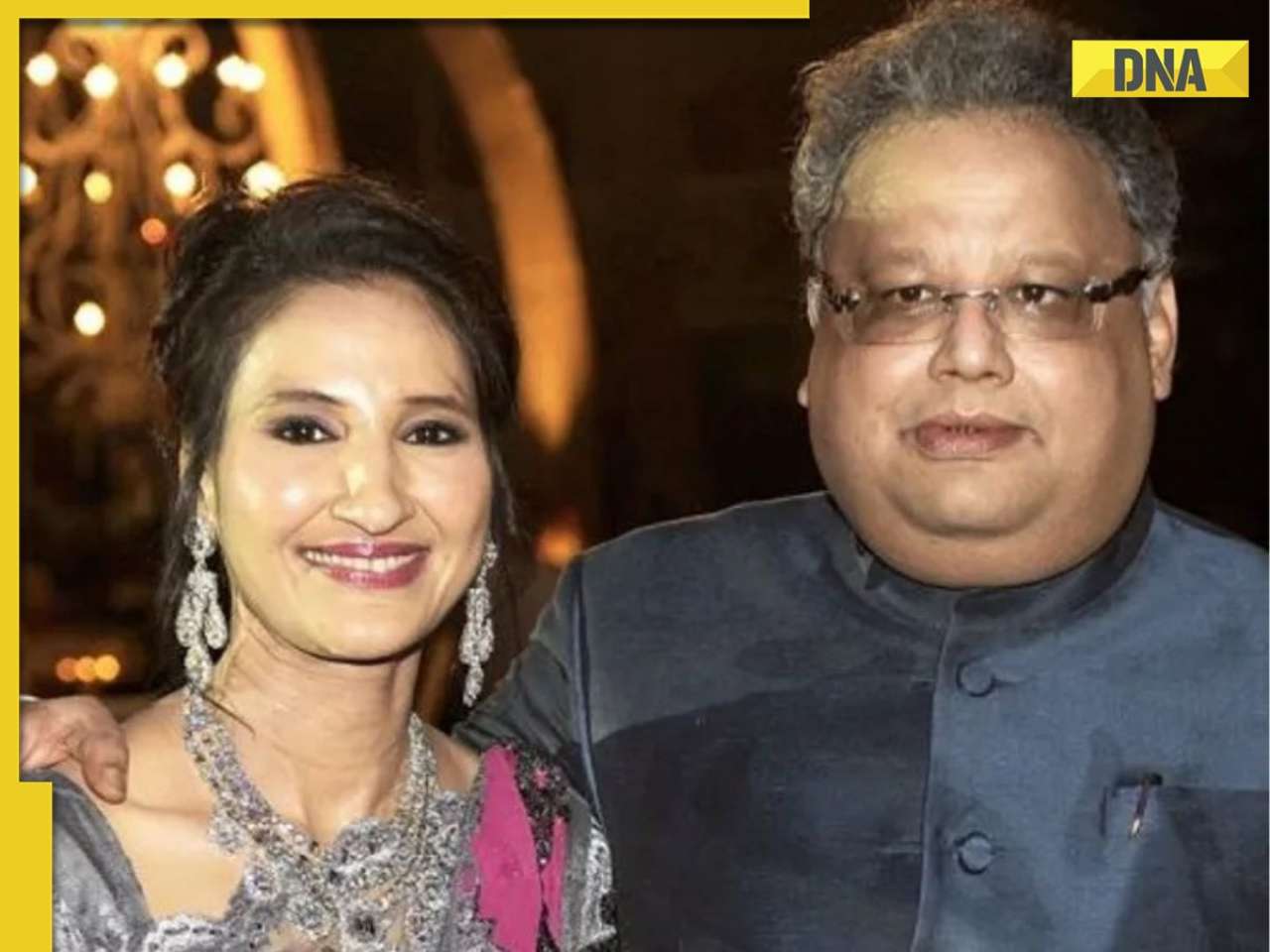
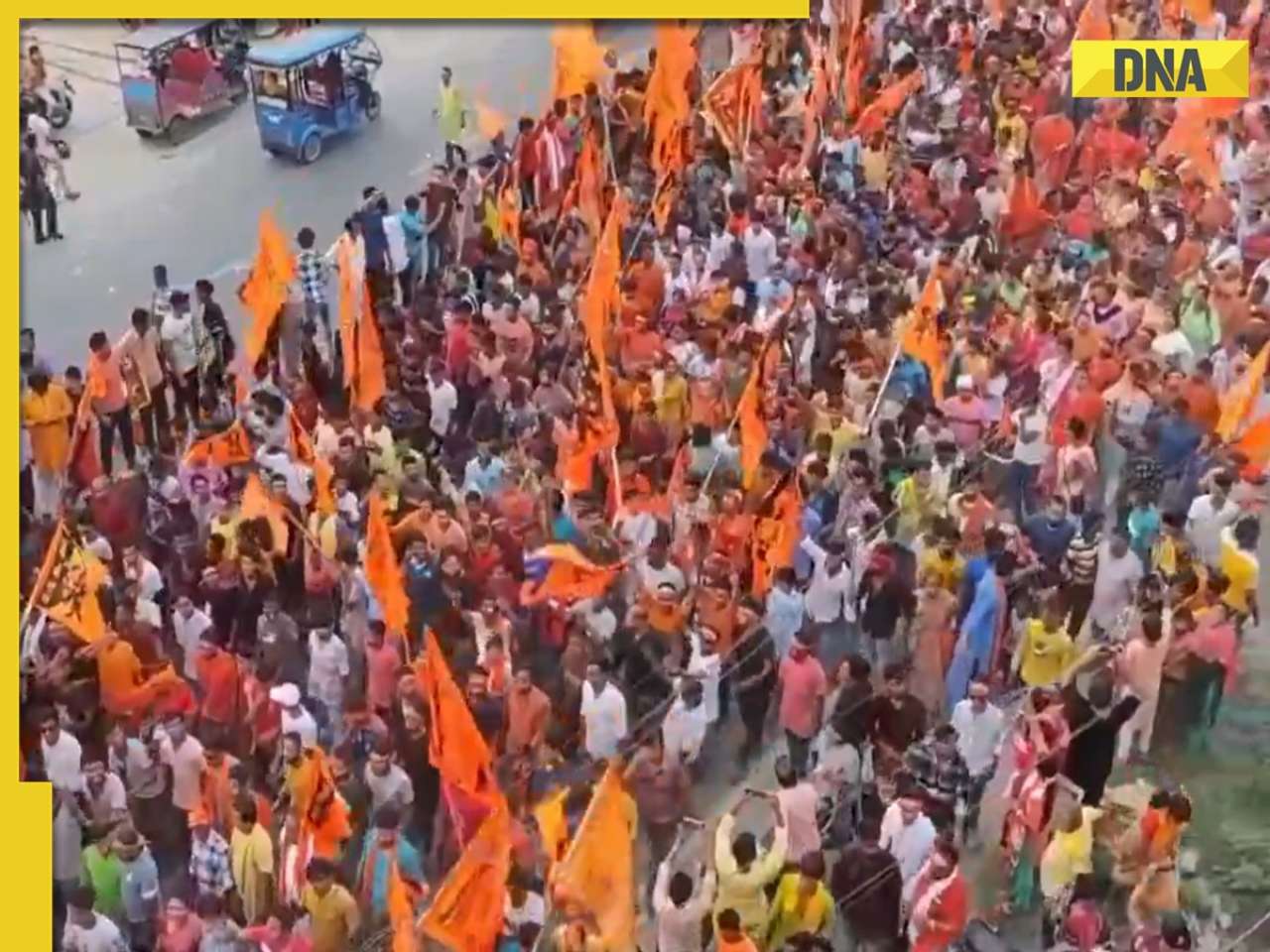

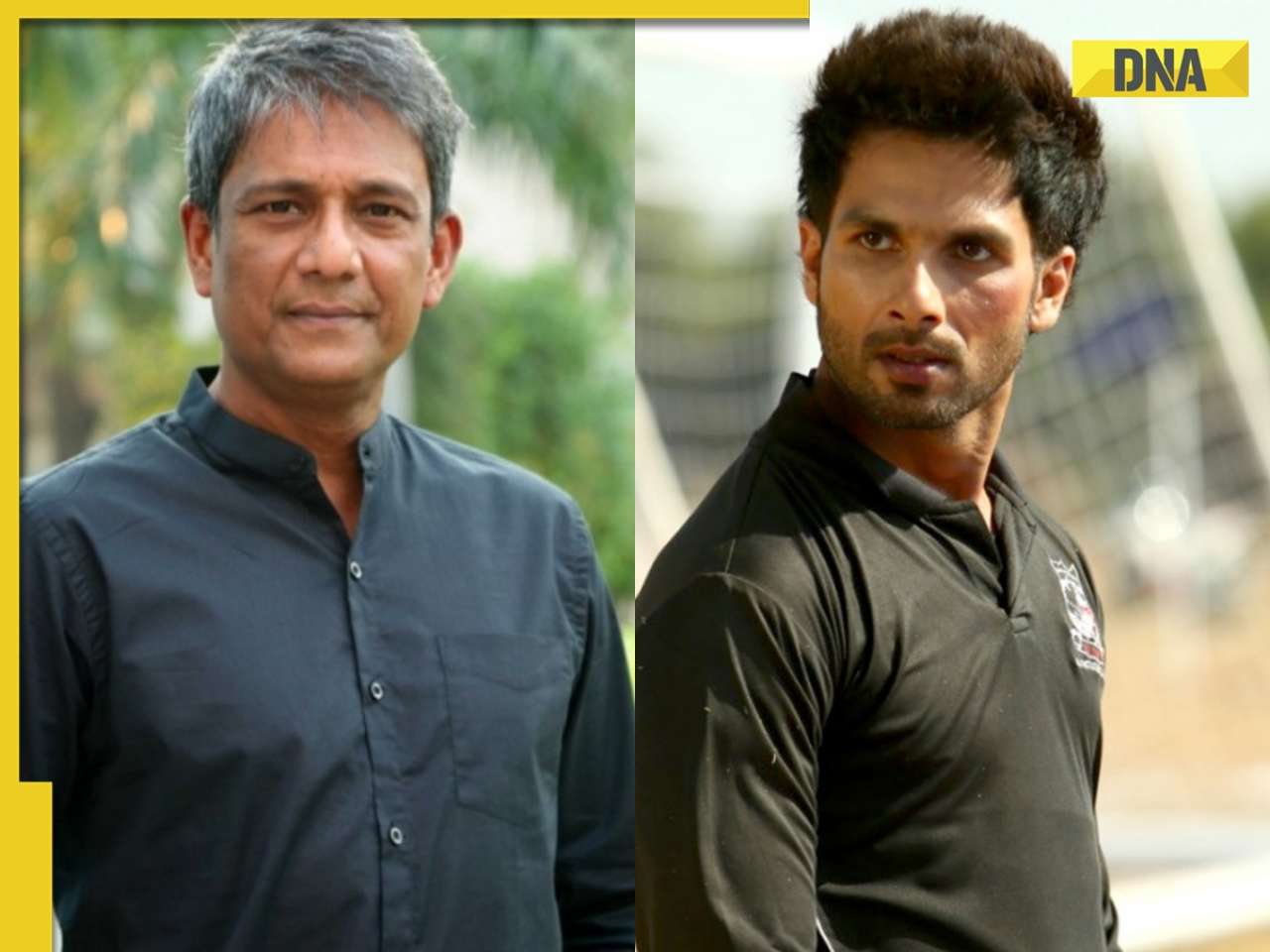
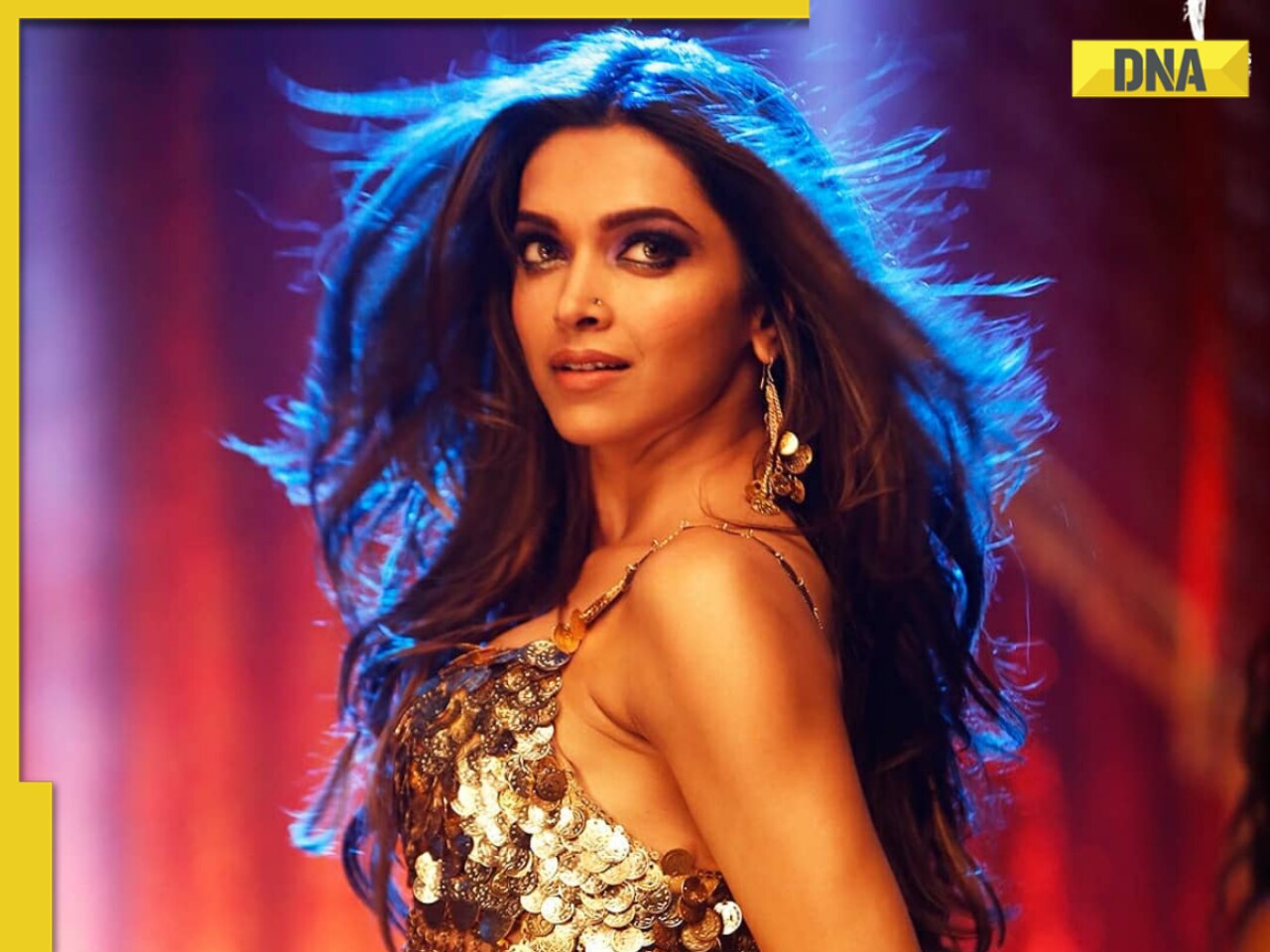






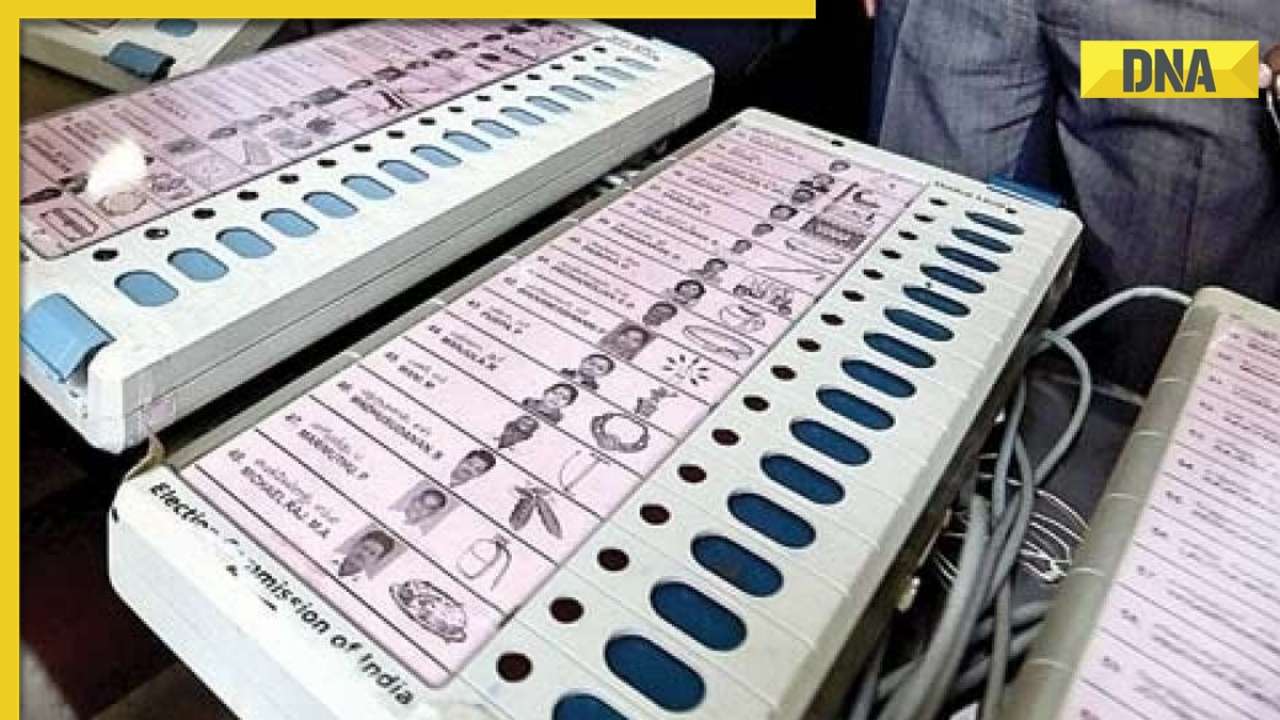

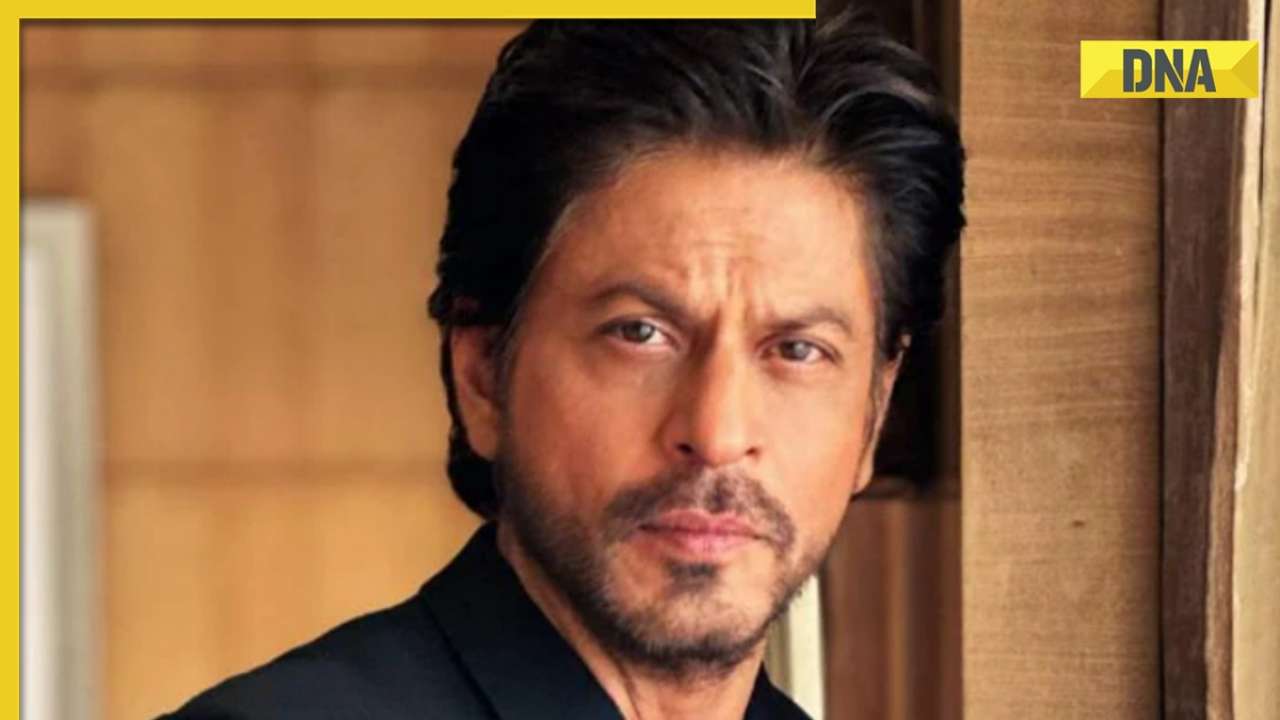
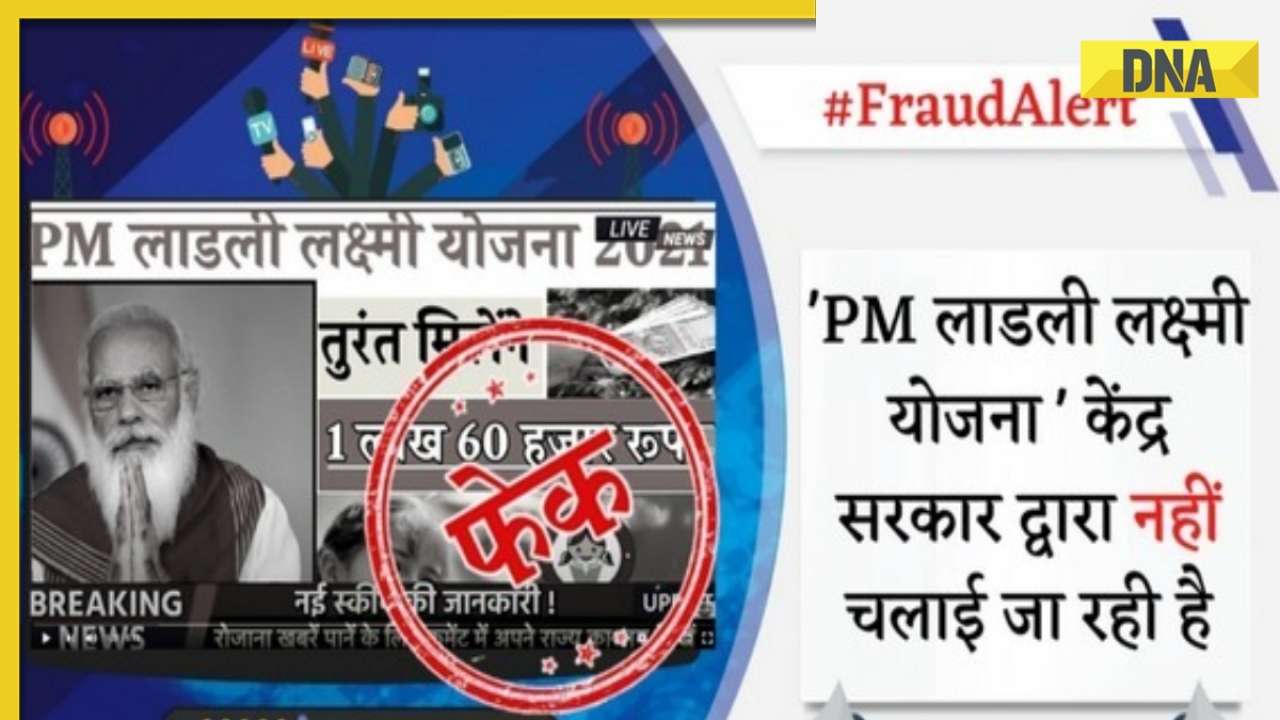





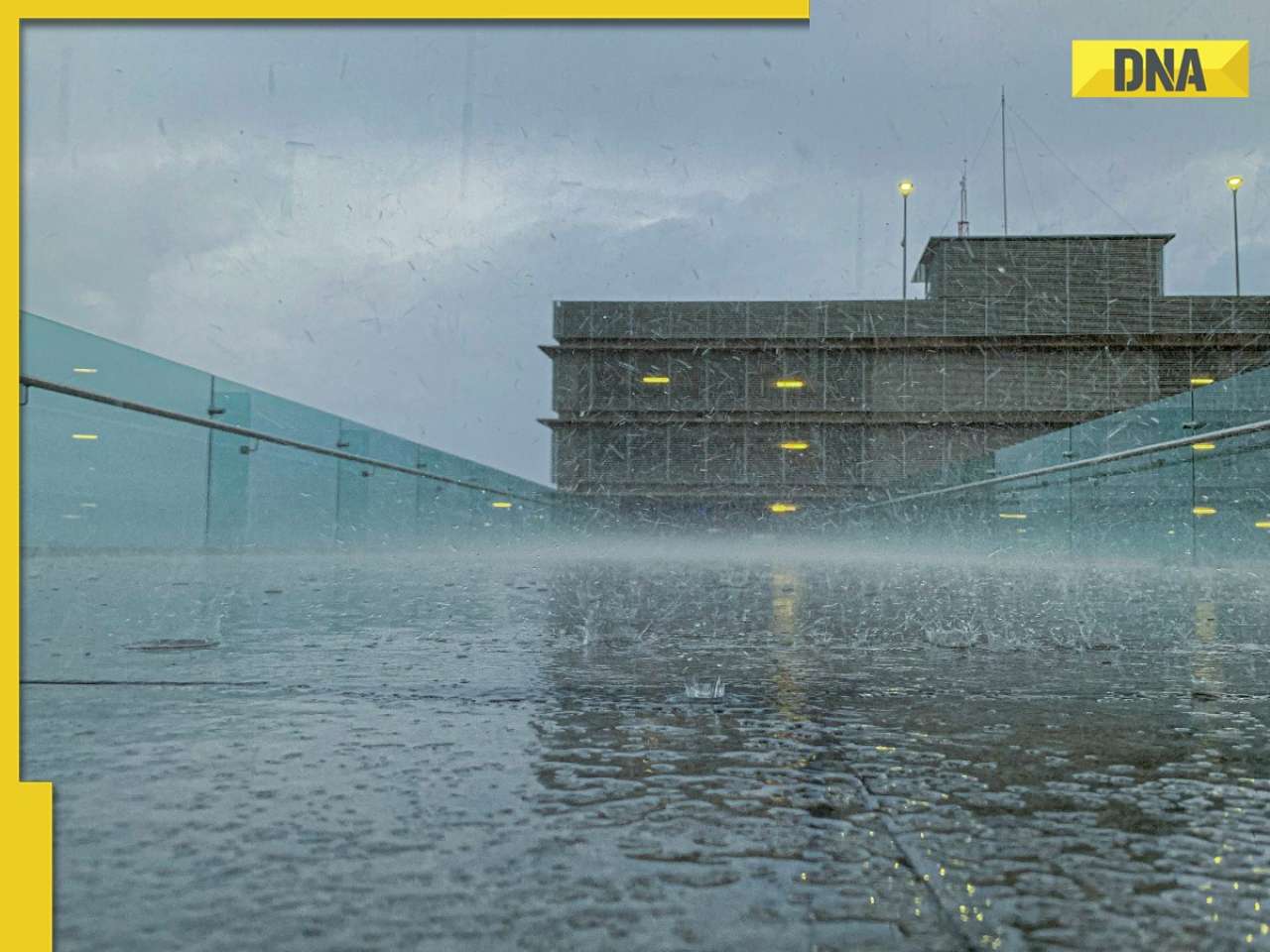
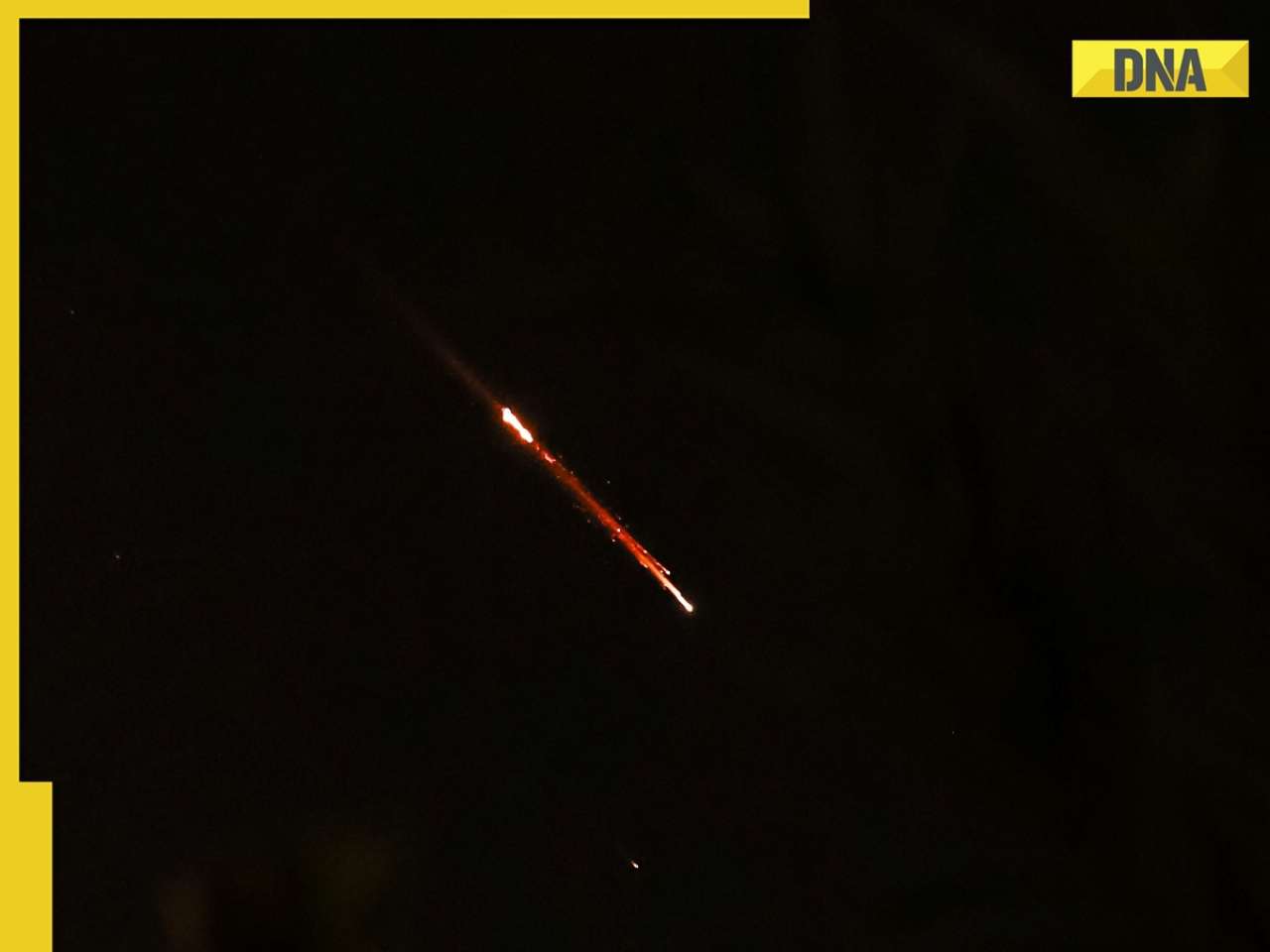
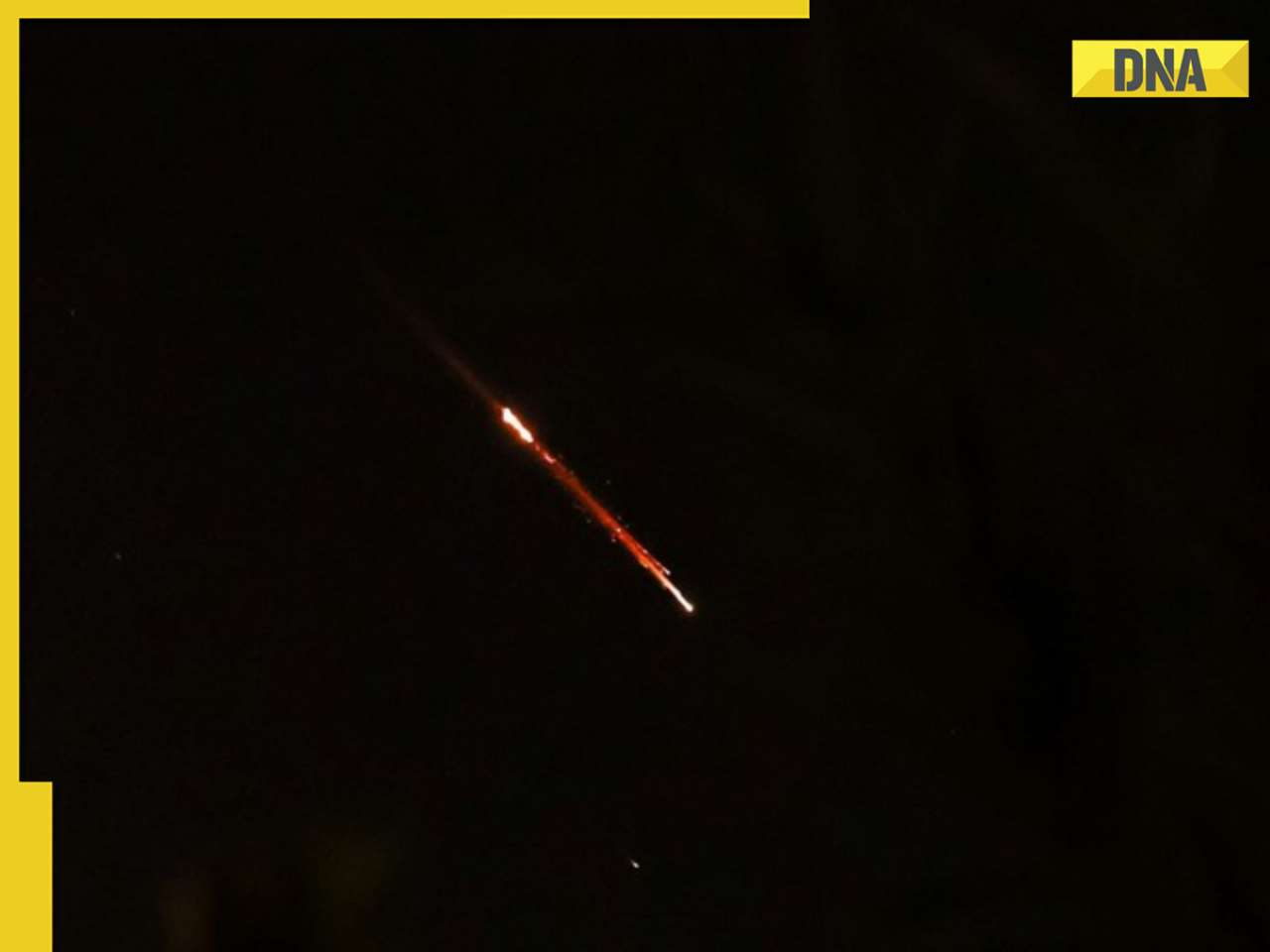
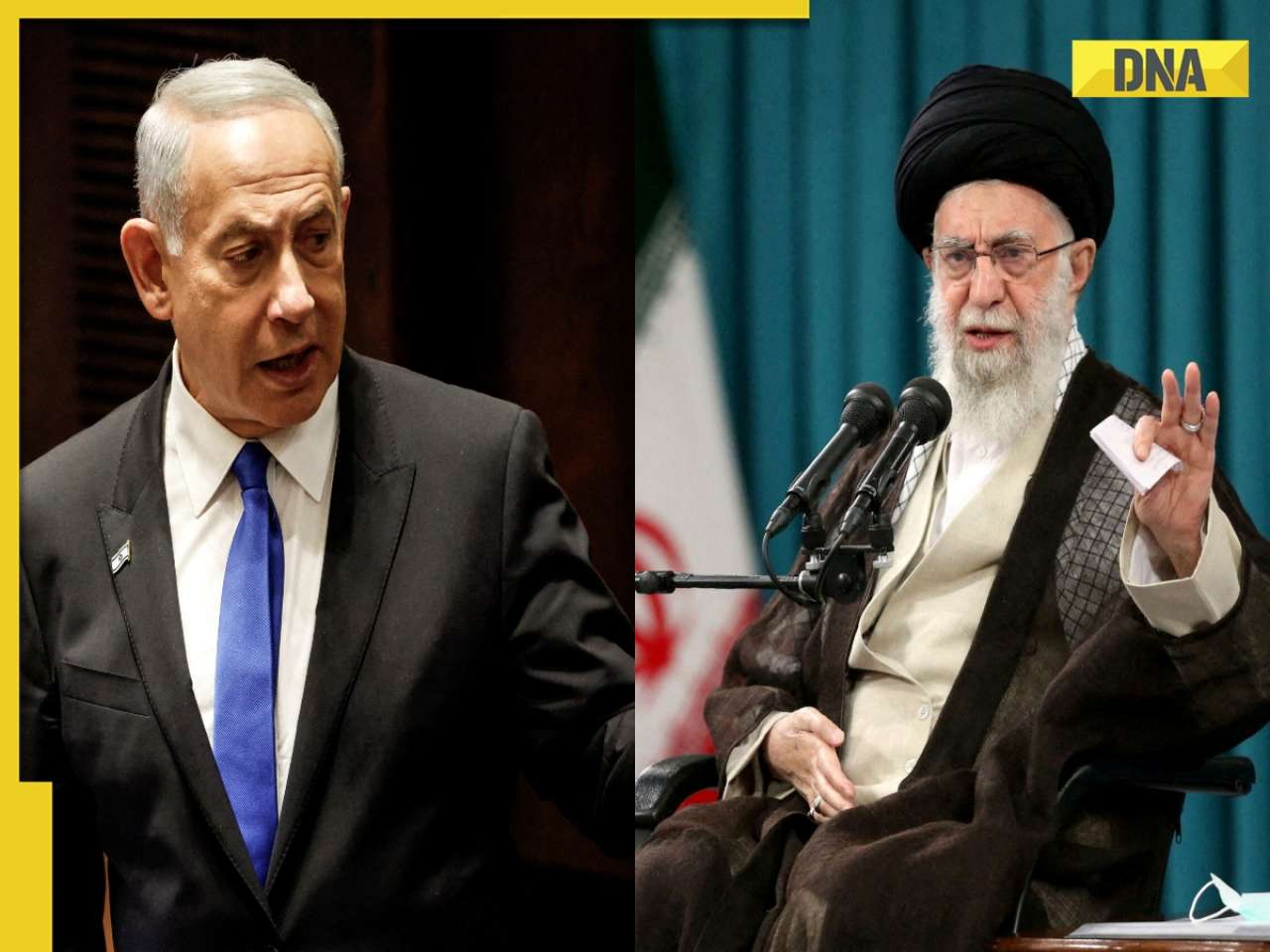
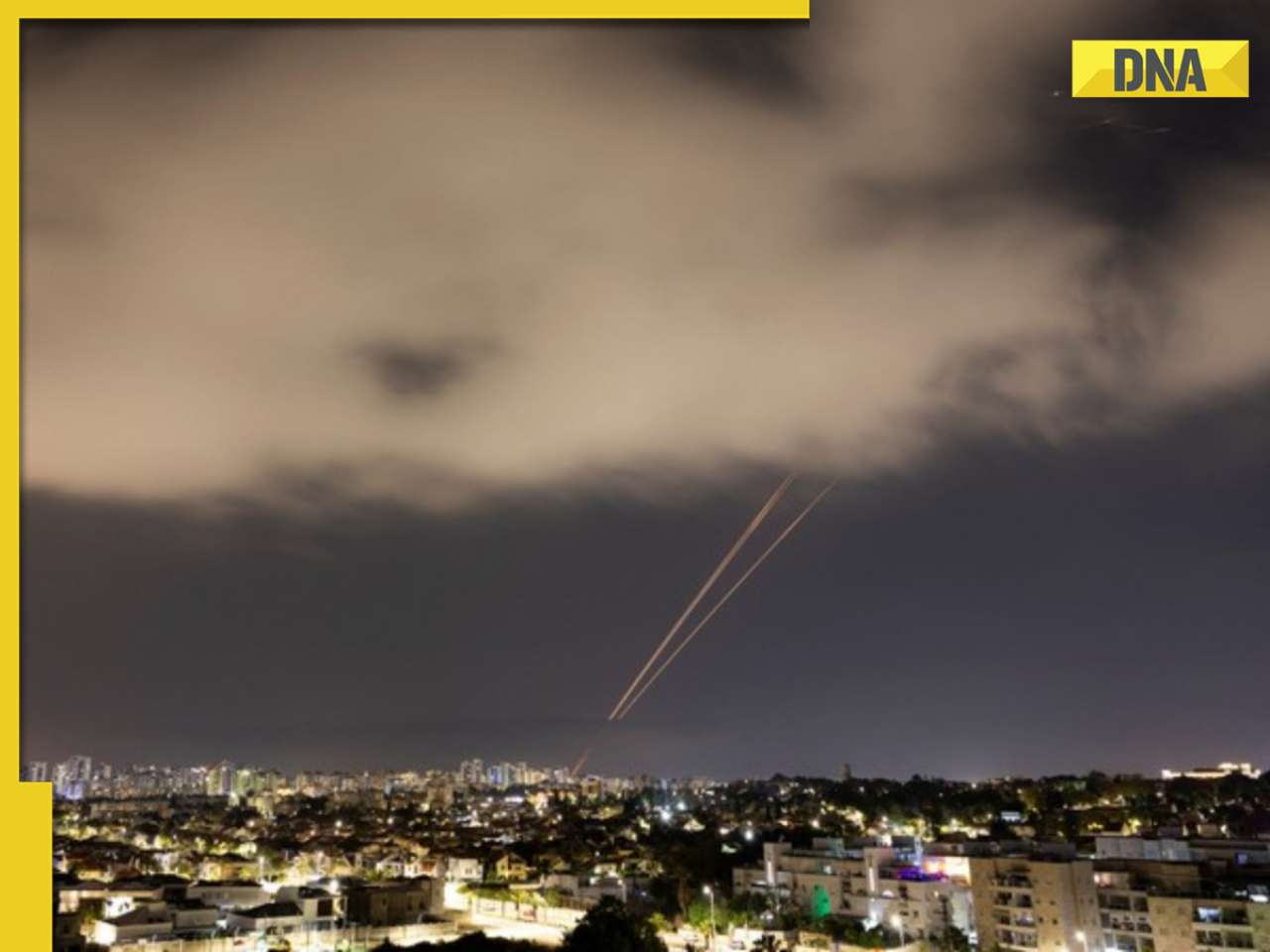
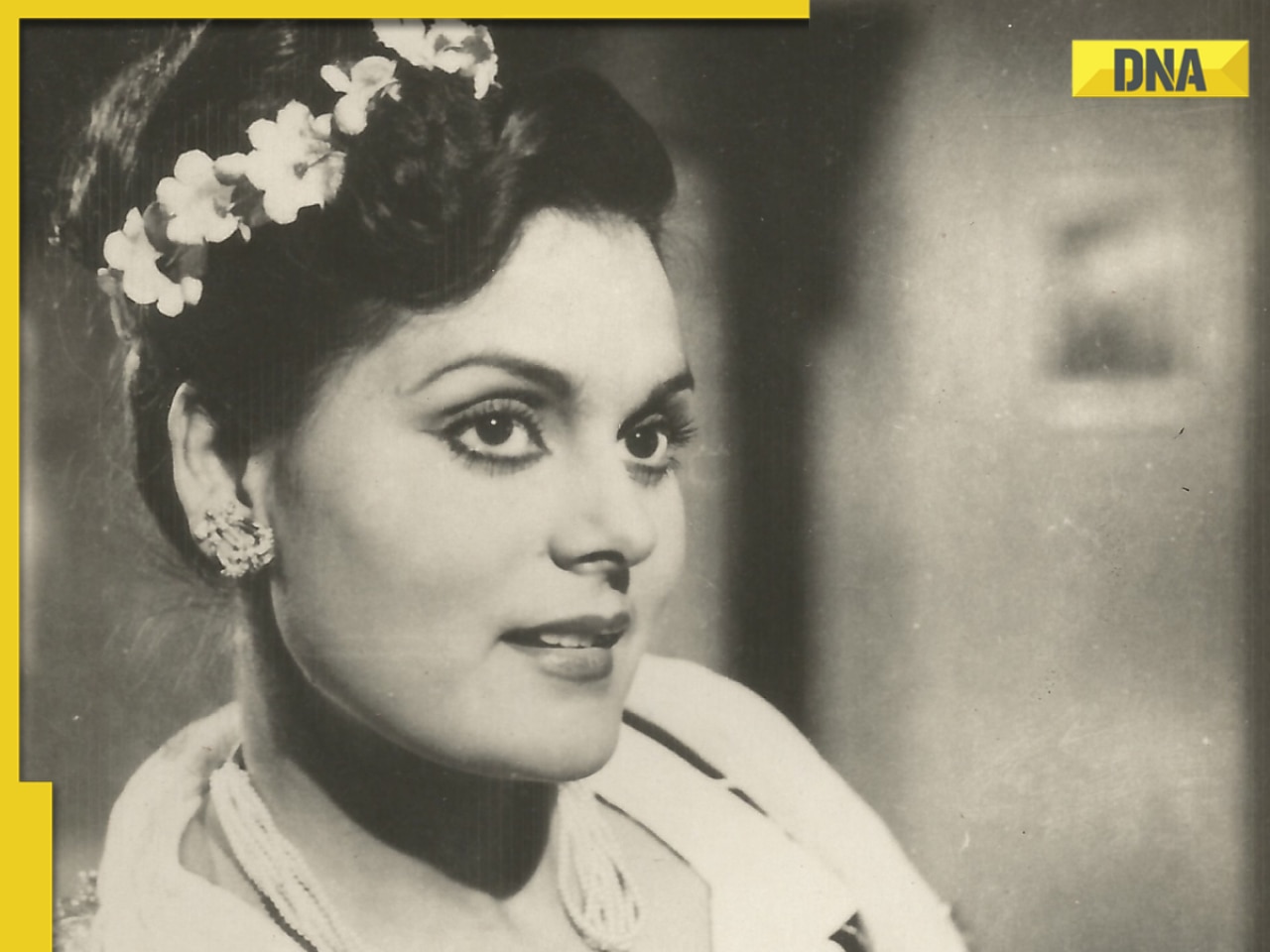
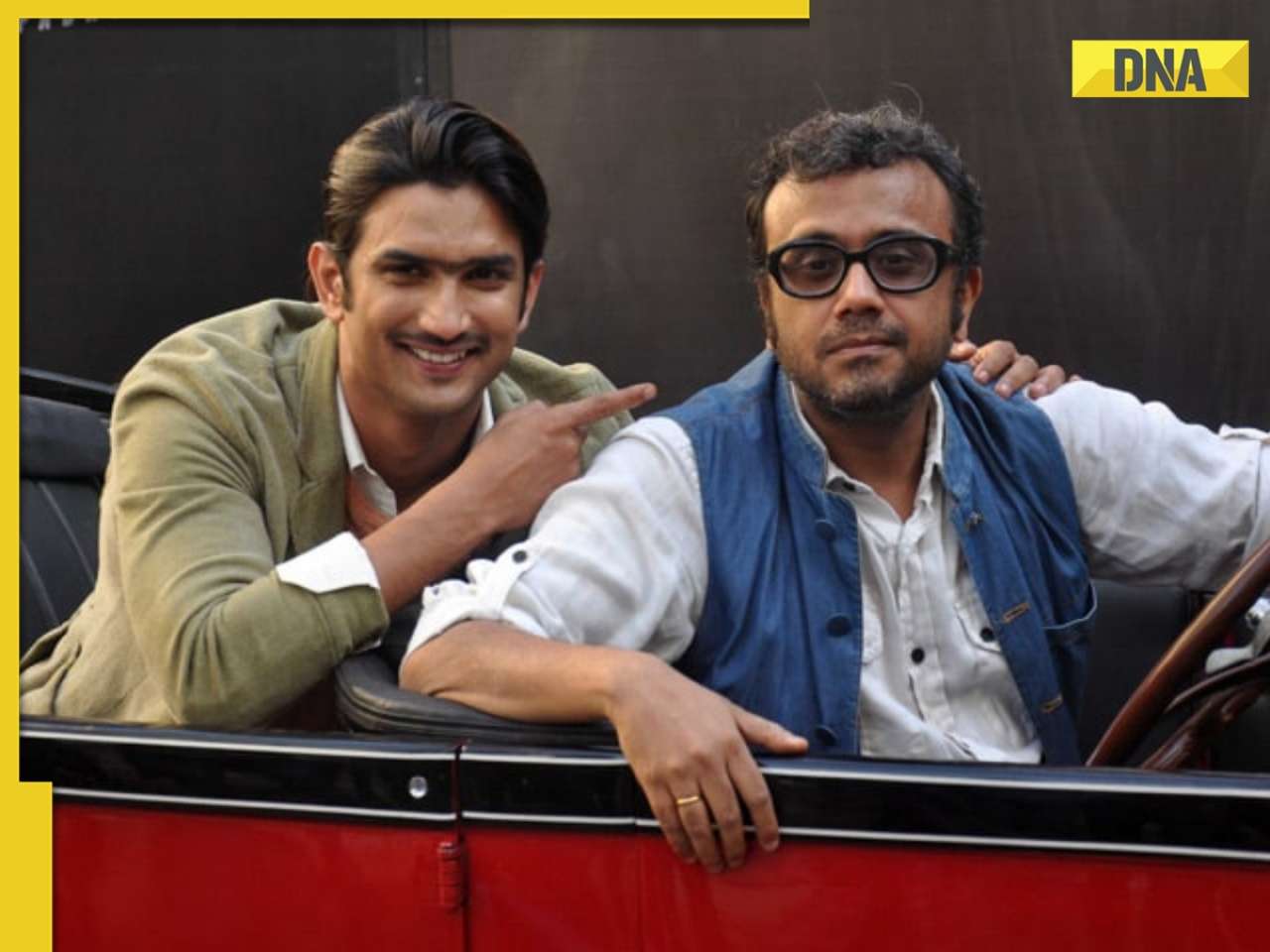
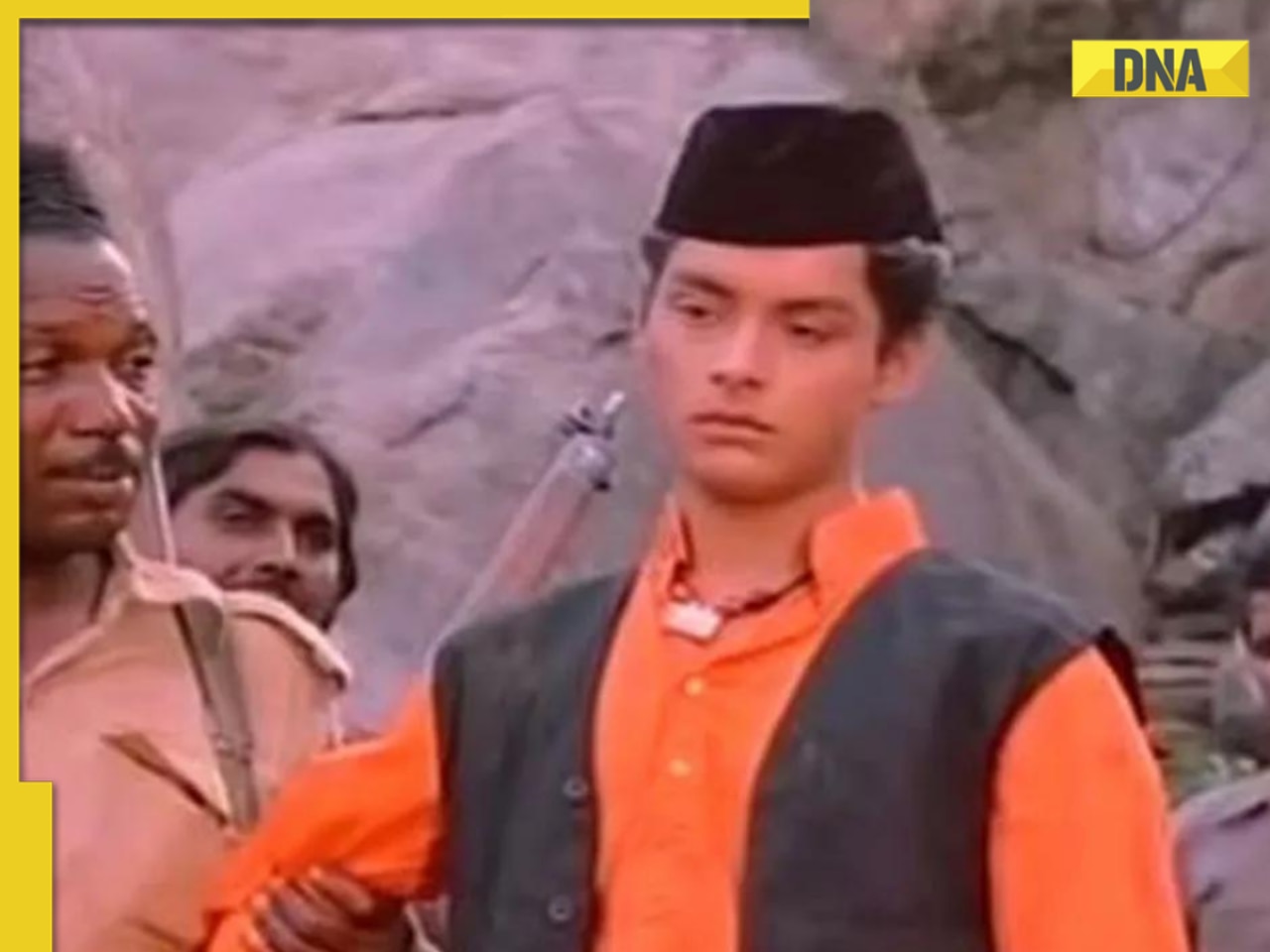
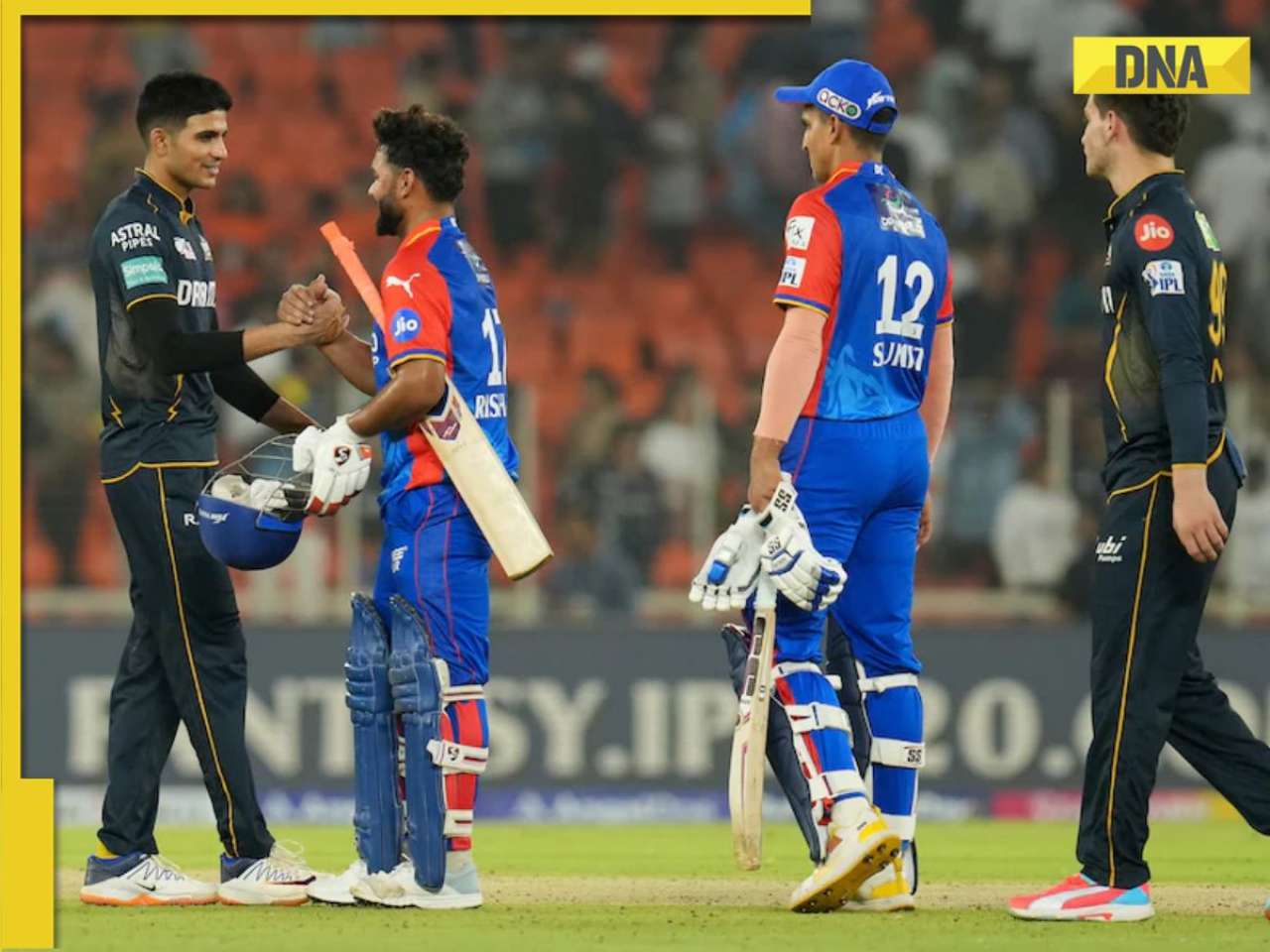
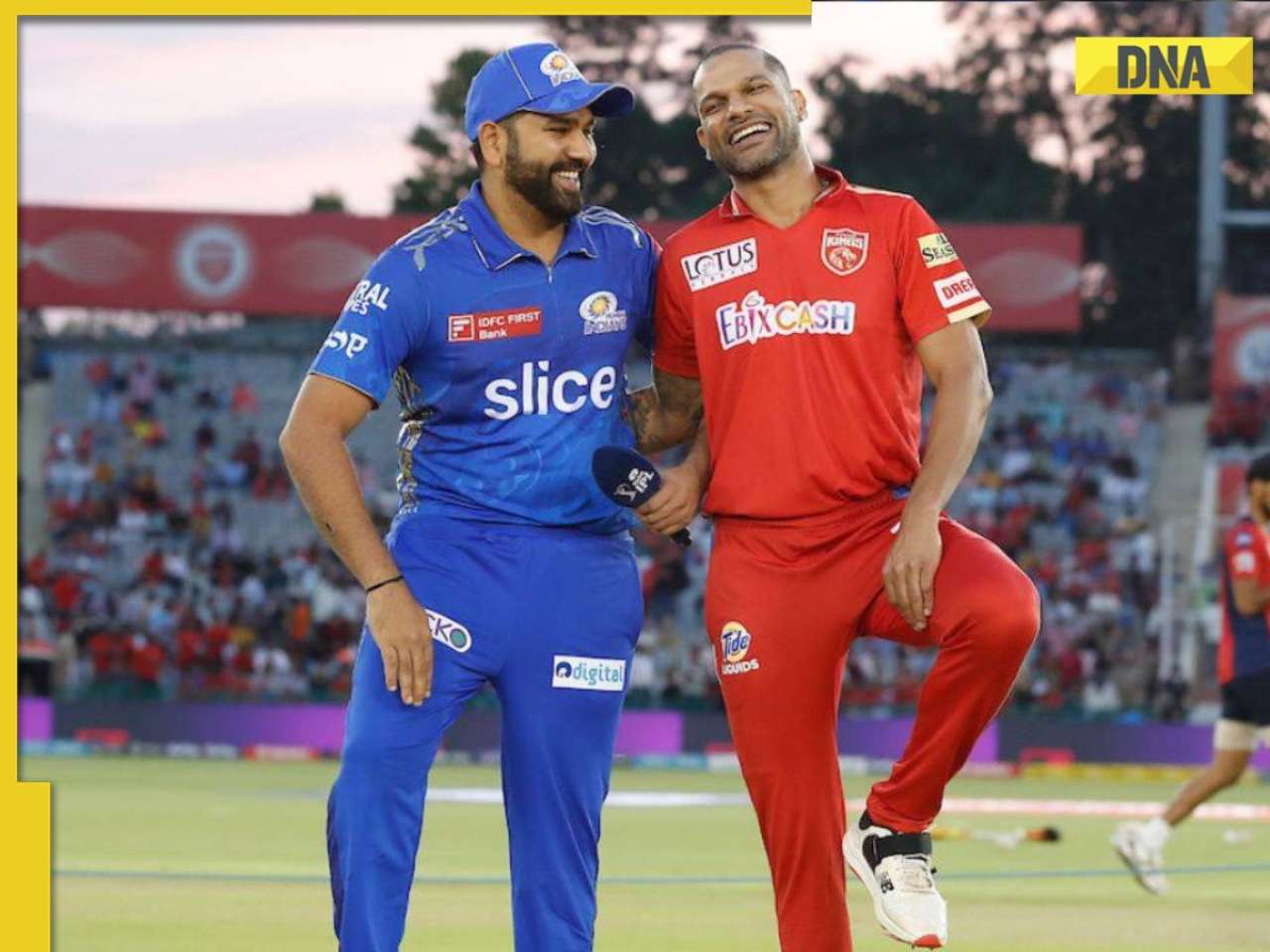
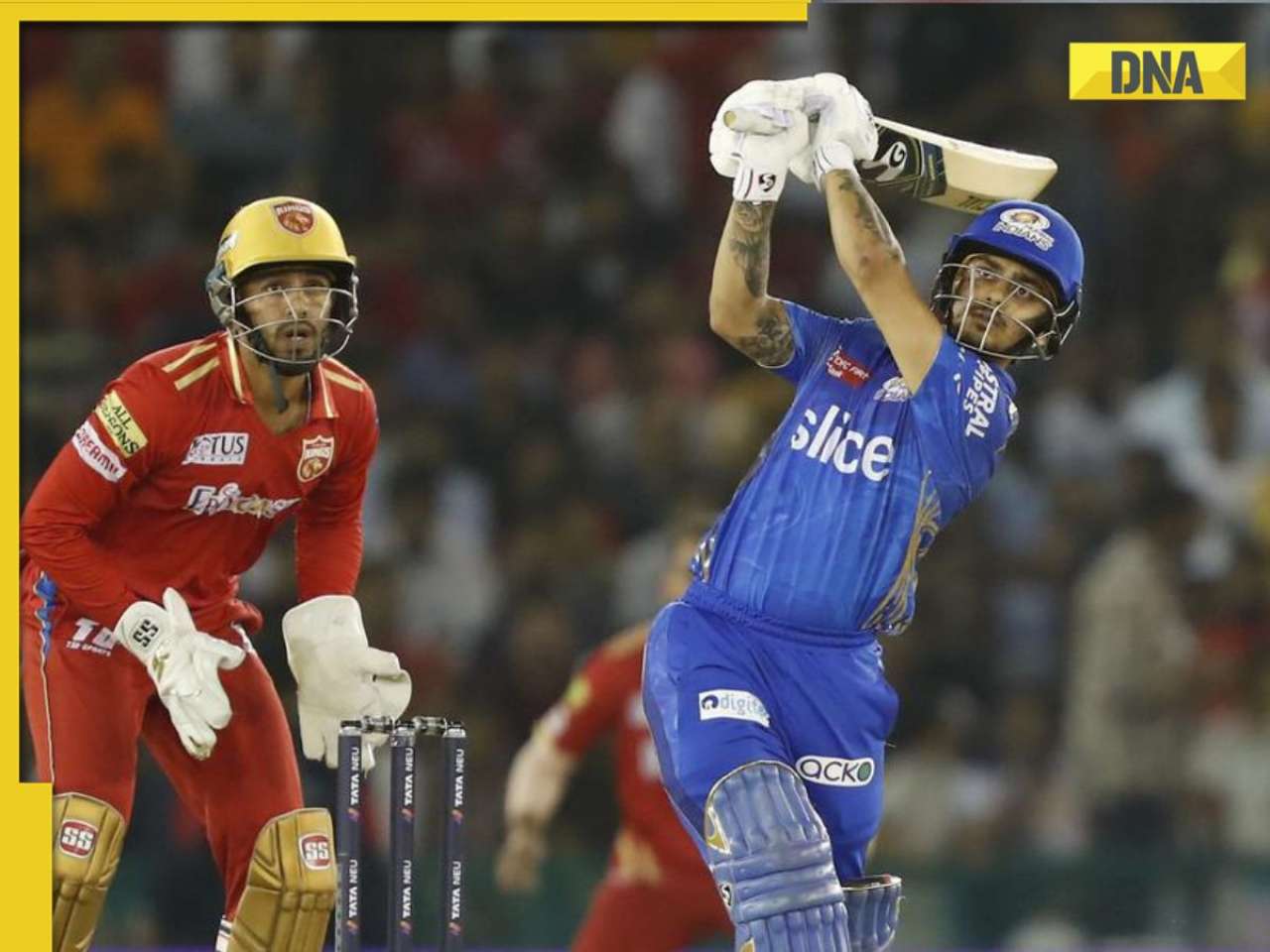
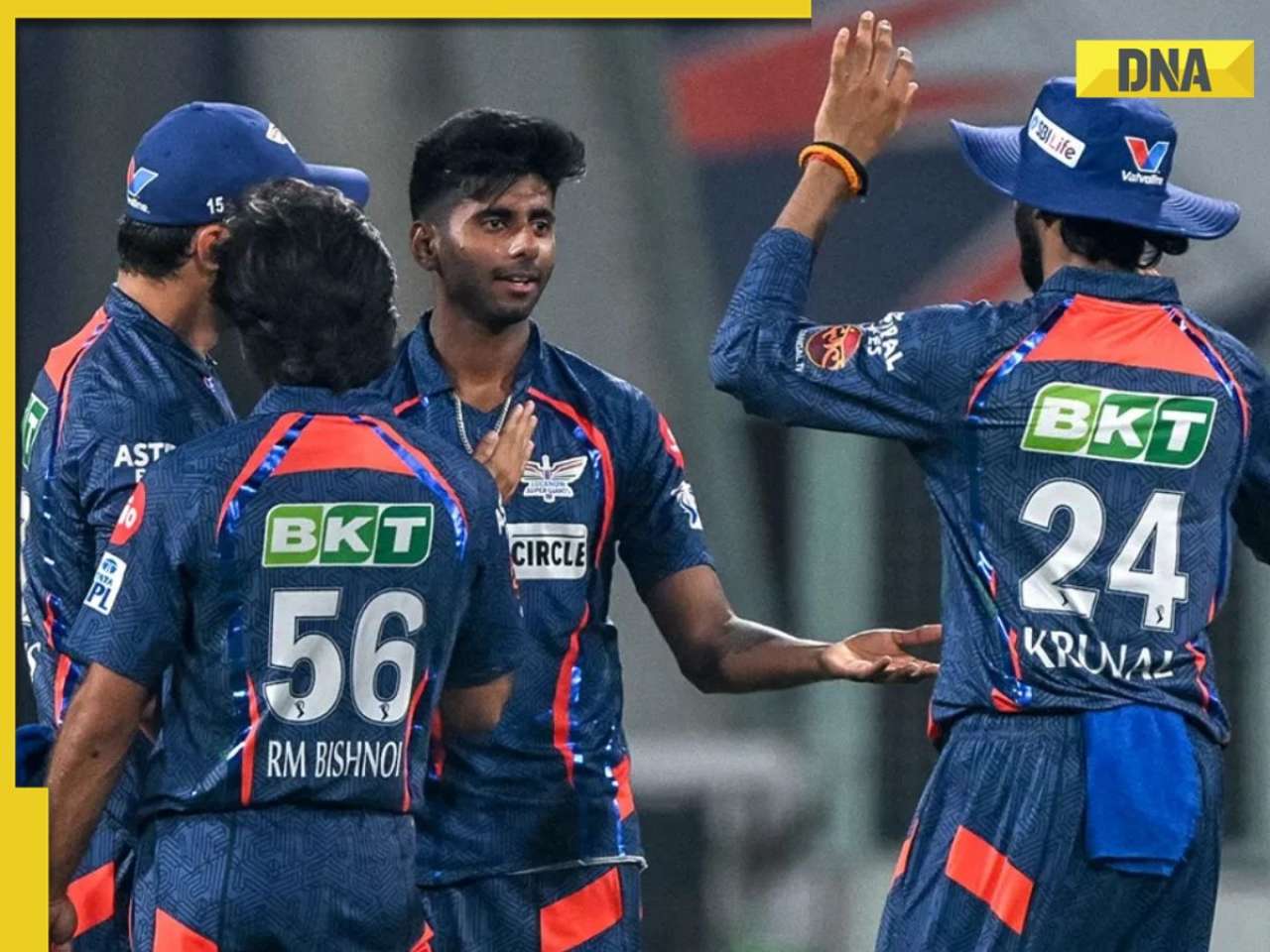
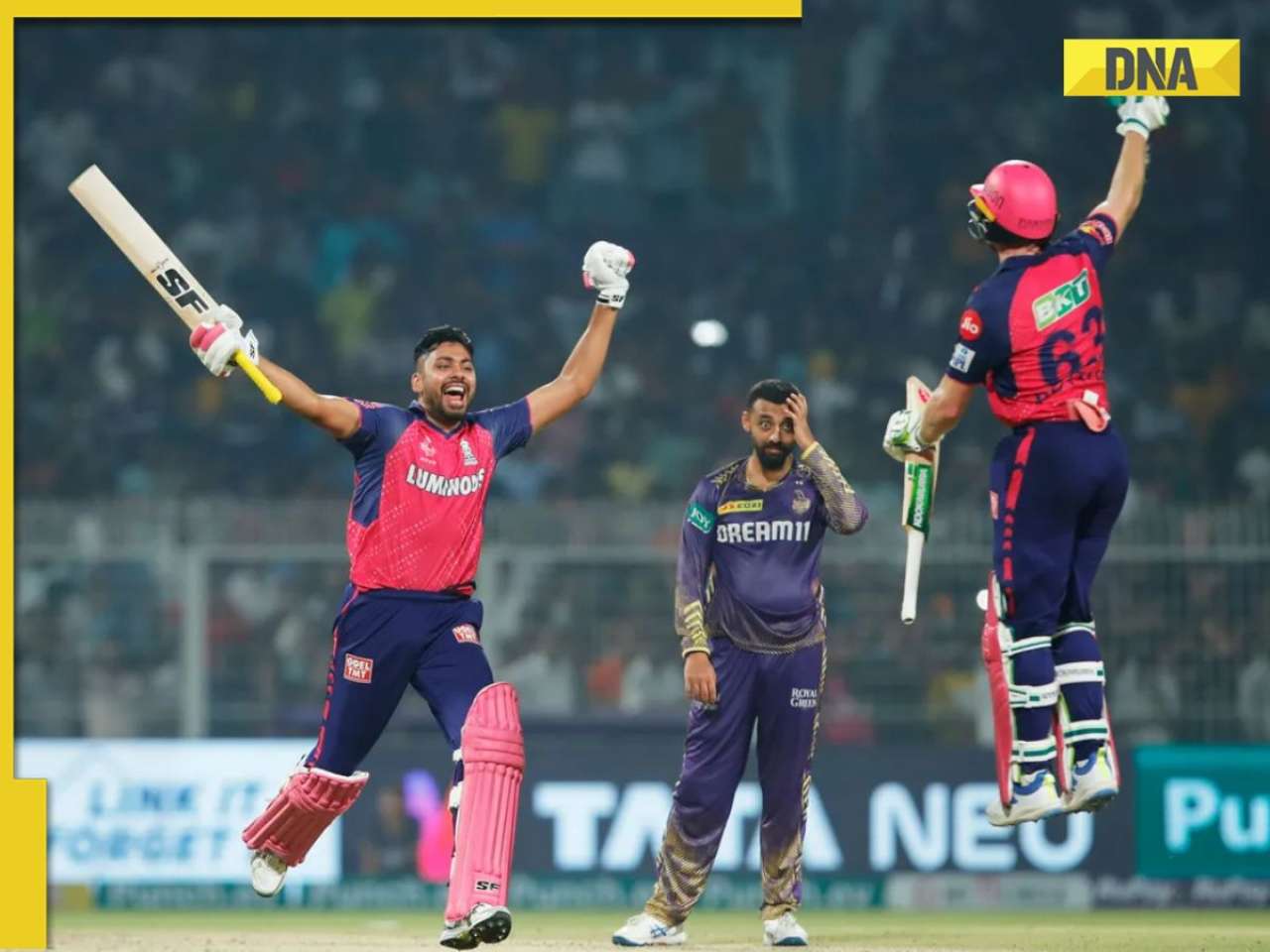

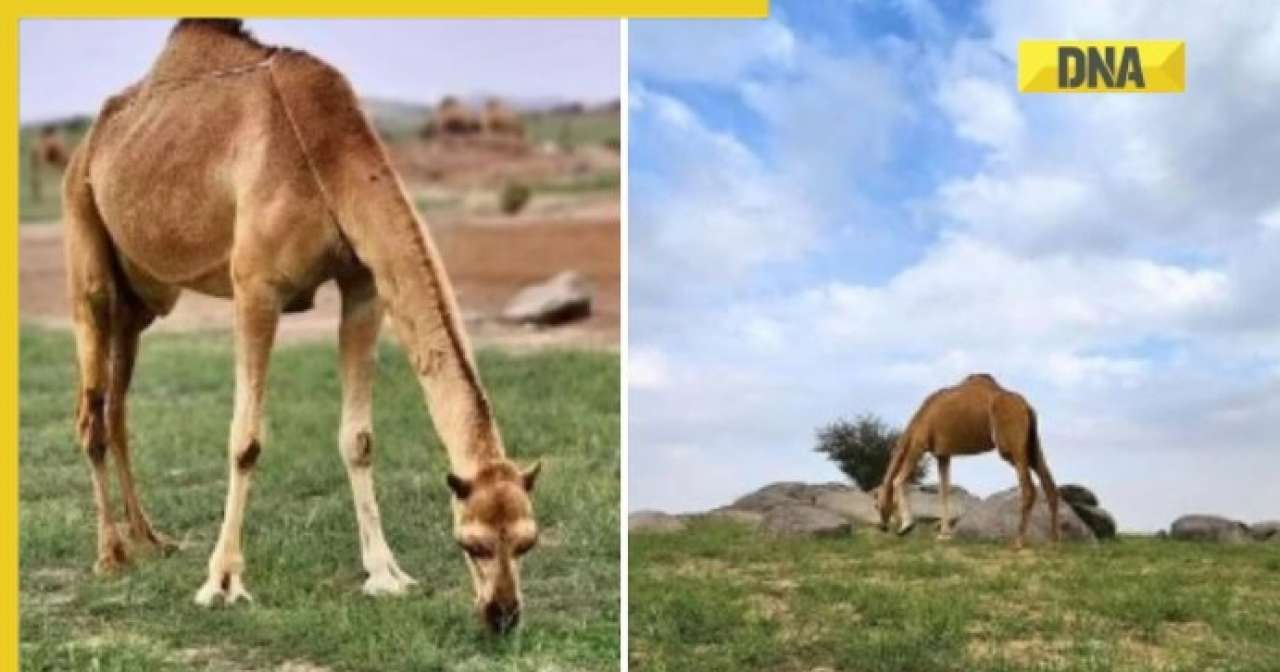
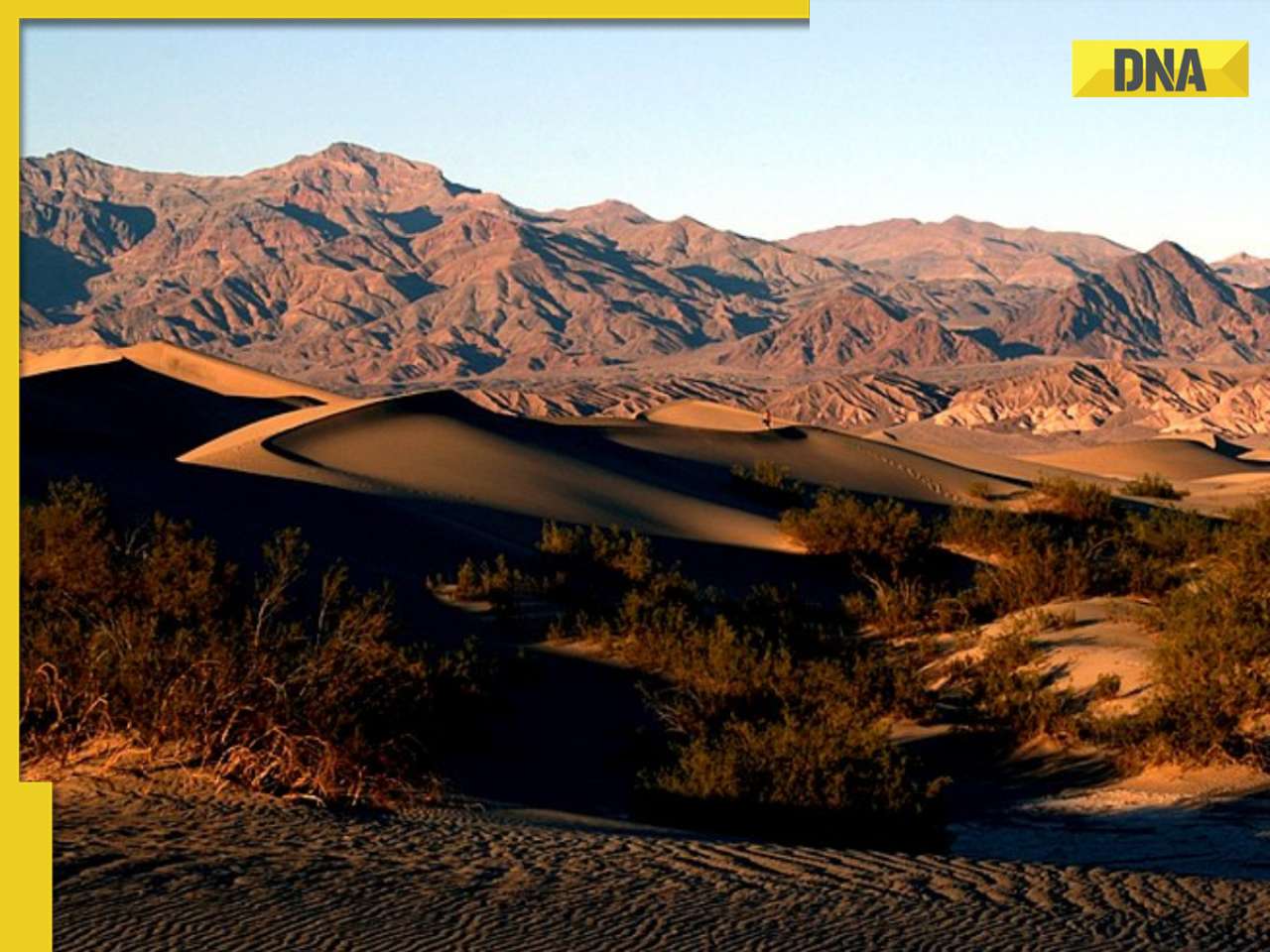
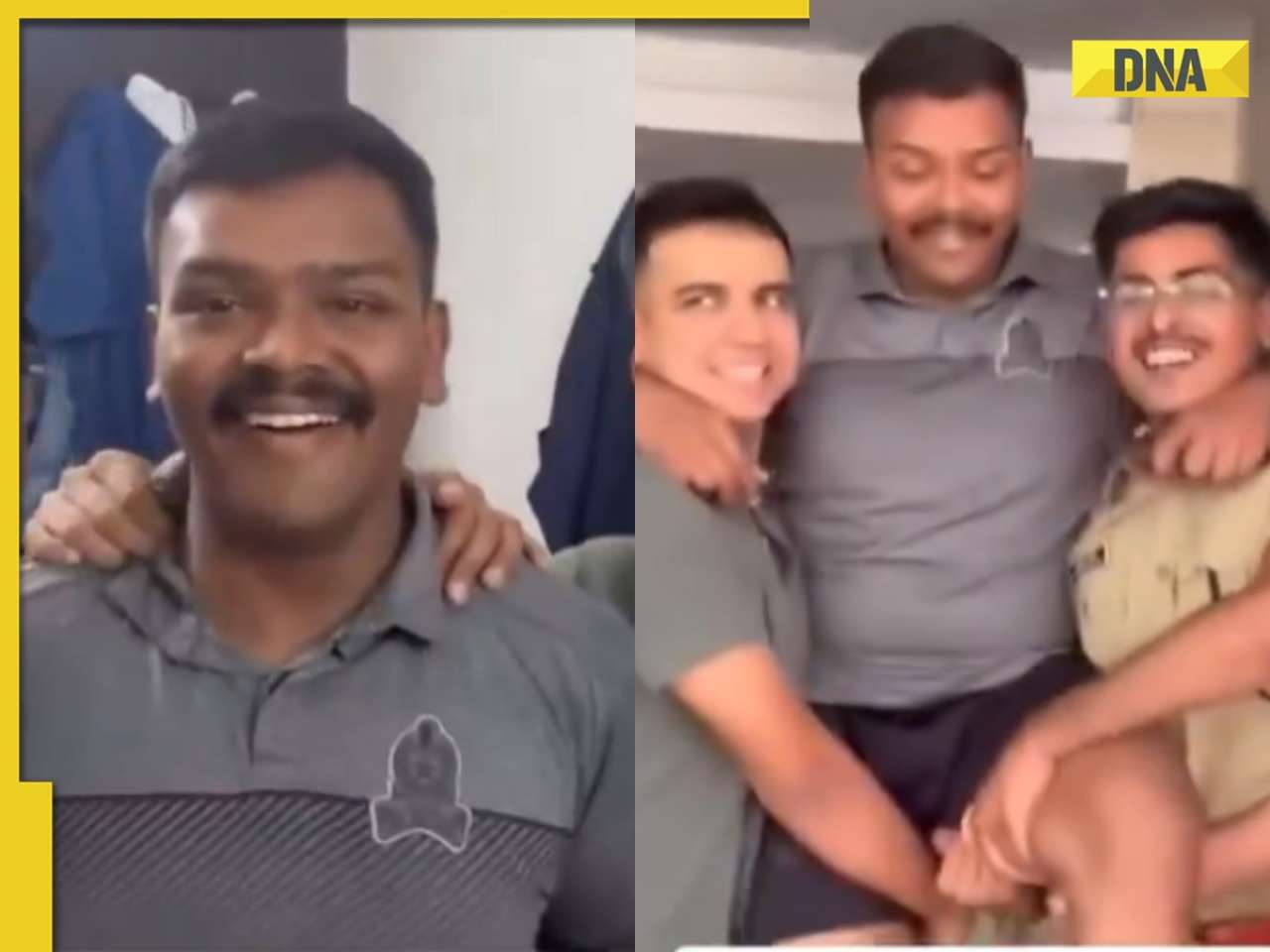
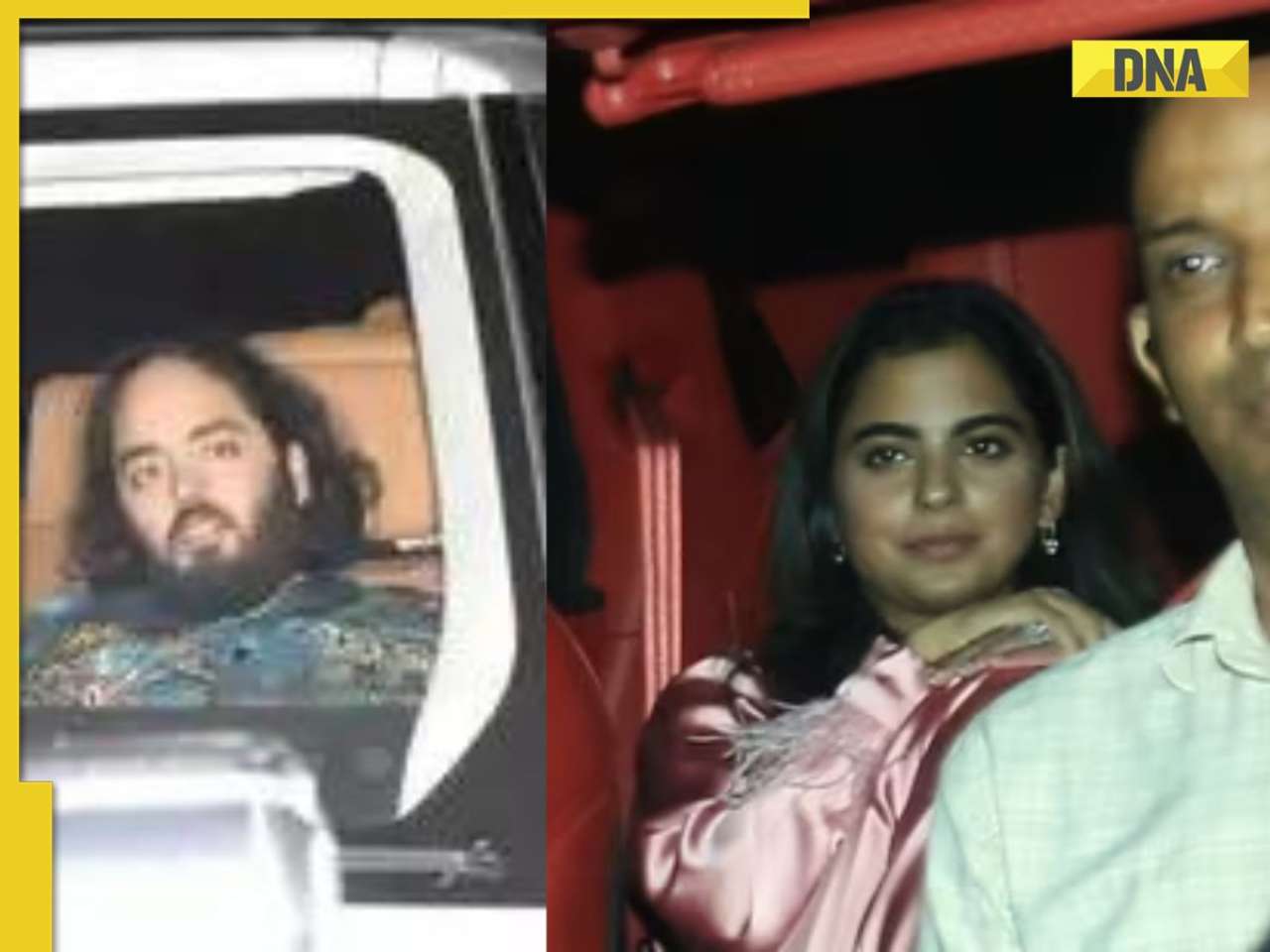

)

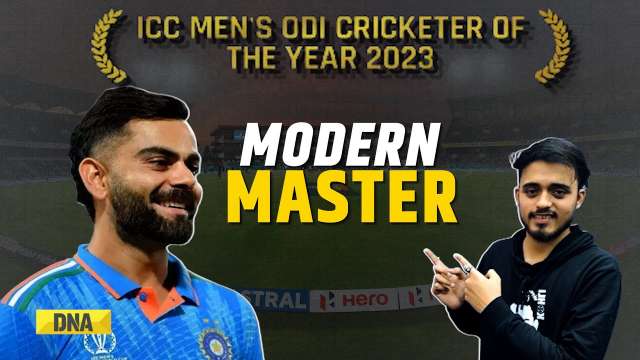
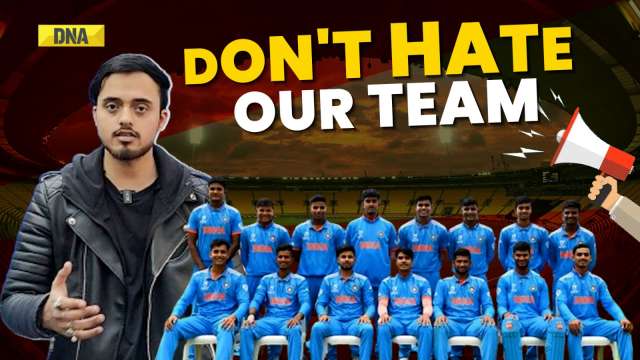
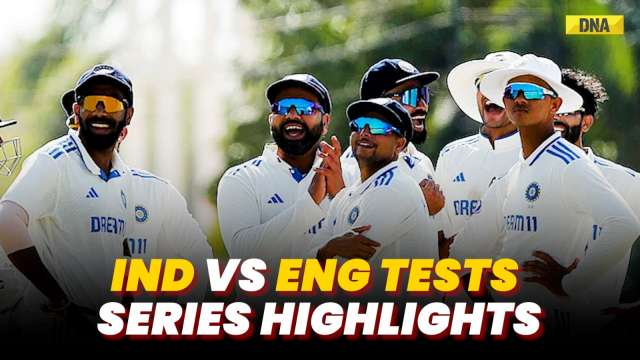
)
)
)
)
)
)